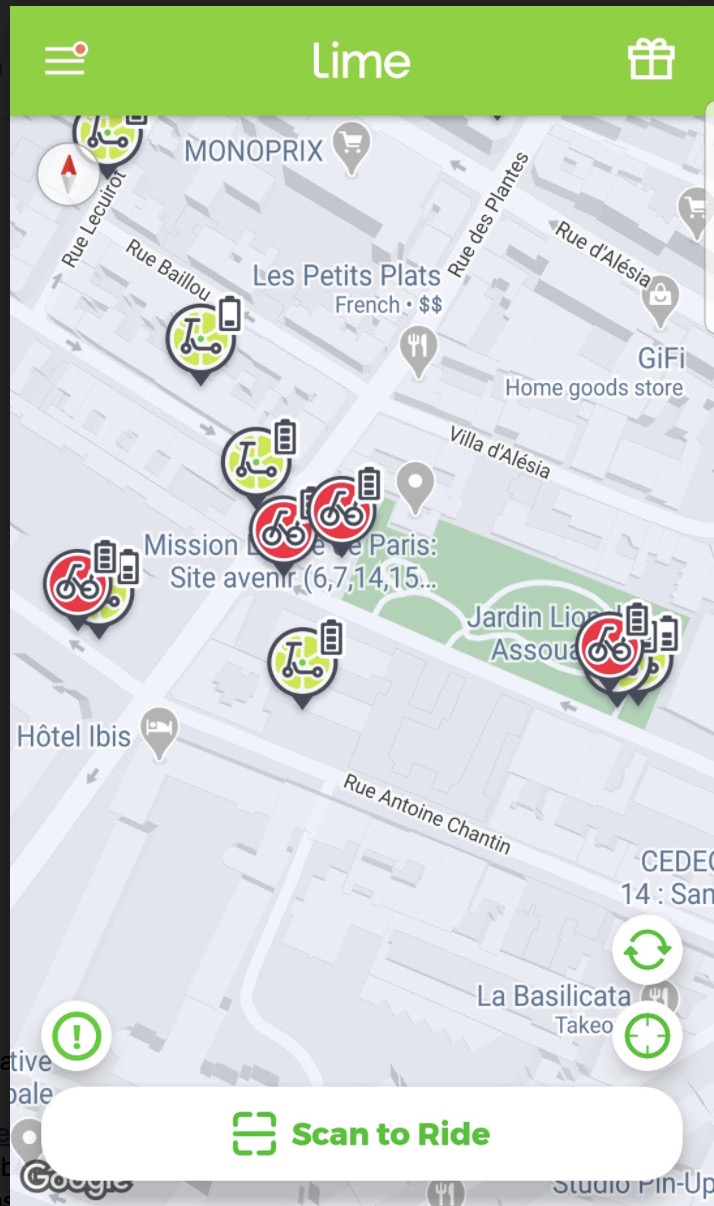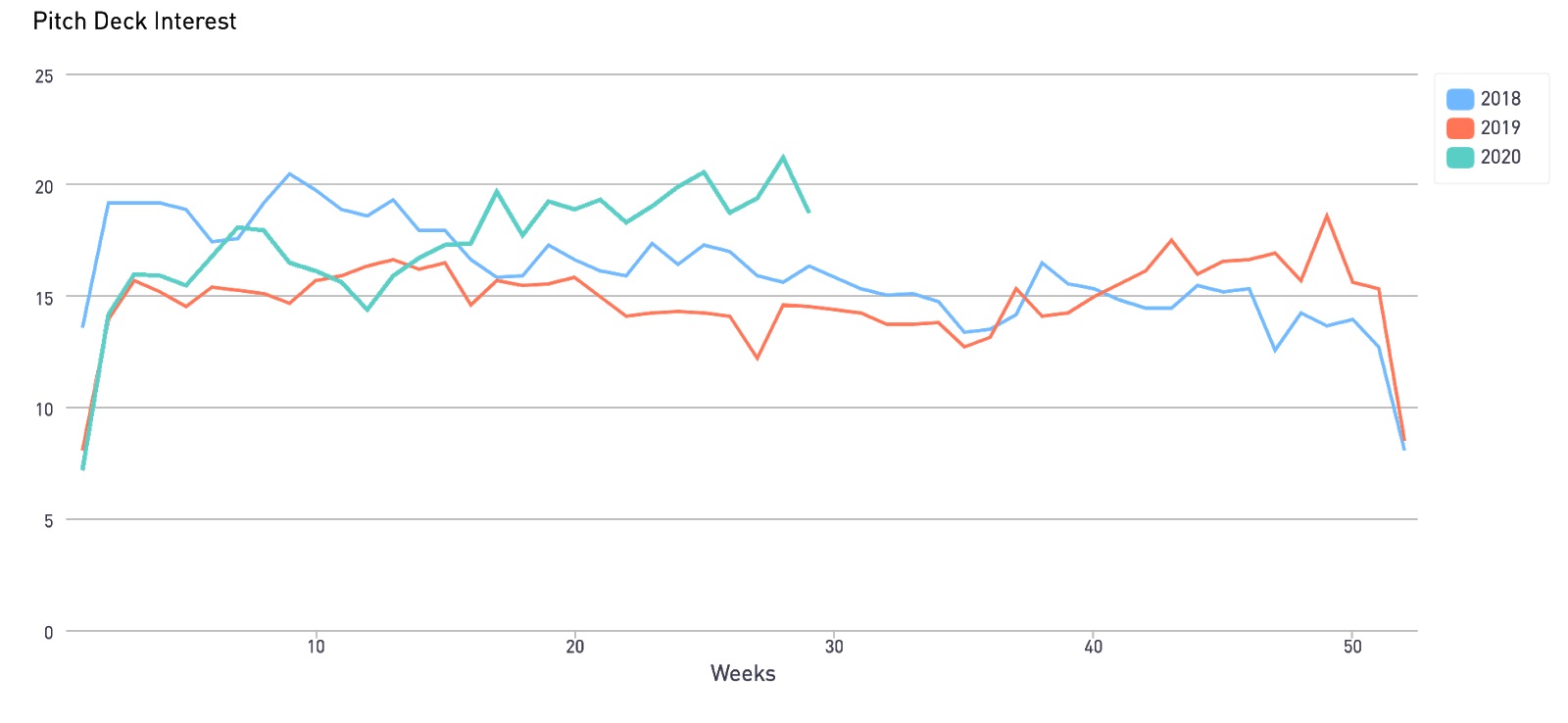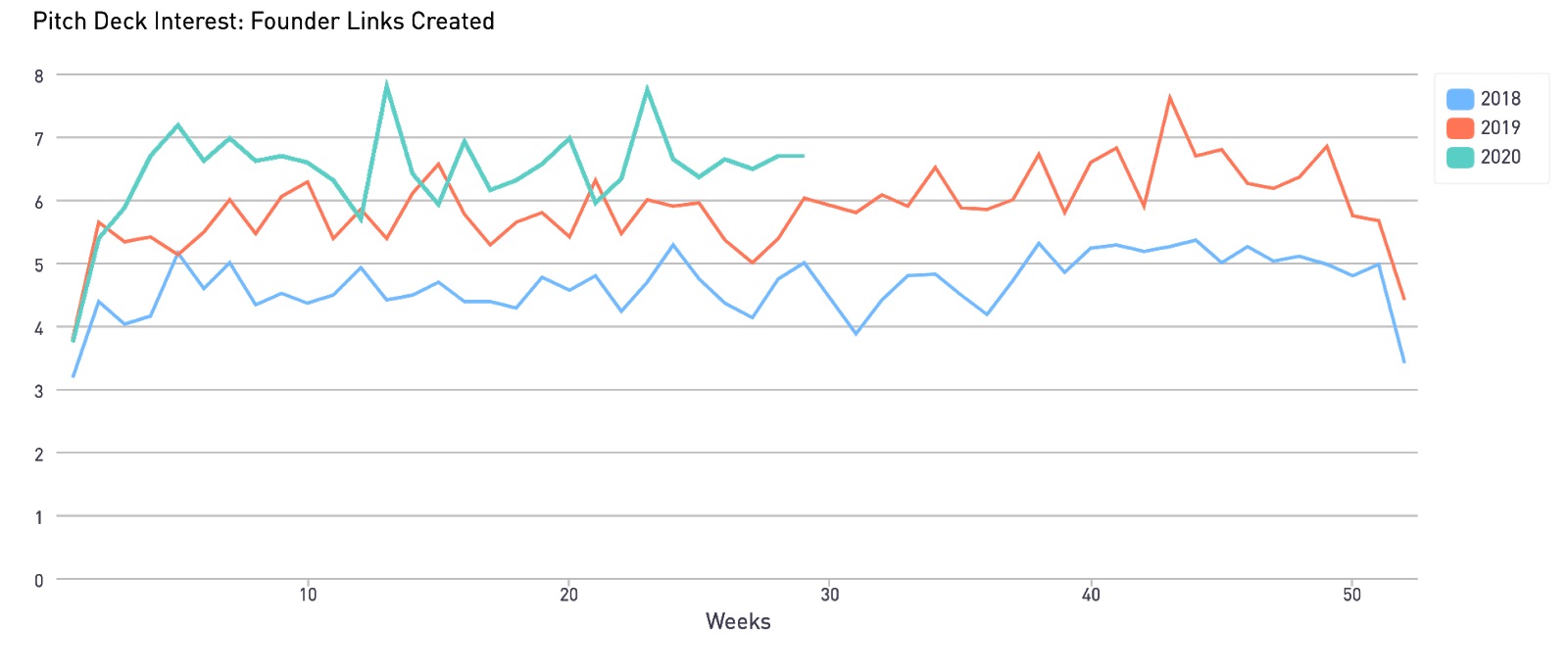Sophie Alcorn
Contributor
Sophie Alcorn is the founder of
Alcorn Immigration Law in Silicon Valley and 2019 Global Law Experts Awards’ “Law Firm of the Year in California for Entrepreneur Immigration Services.” She connects people with the businesses and opportunities that expand their lives.
More posts by this contributor
Here’s another edition of “Dear Sophie,” the advice column that answers immigration-related questions about working at technology companies.
“Your questions are vital to the spread of knowledge that allows people all over the world to rise above borders and pursue their dreams,” says Sophie Alcorn, a Silicon Valley immigration attorney. “Whether you’re in people ops, a founder or seeking a job in Silicon Valley, I would love to answer your questions in my next column.”
“Dear Sophie” columns are accessible for Extra Crunch subscribers; use promo code ALCORN to purchase a one- or two-year subscription for 50% off.
Dear Sophie:
A very bright and promising foreign national who graduated from a U.S. university has been working for our firm and just received a STEM OPT extension. We would like to keep her on after her STEM OPT ends. We registered her in this year’s H-1B lottery, but unfortunately, she wasn’t selected.
Given the challenges of getting an H-1B through the lottery and the #h1bvisaban, how can we bypass the H-1B and potentially sponsor her for a green card?
— Eager in Emeryville
Dear Eager,
Happy to hear you’re willing to sponsor a promising graduate from an American university for a green card. Sounds like you’re interested in exploring the EB-2 or EB-3 green card with the PERM process. For additional resources, feel free to check out my recent podcast on PERM.
Just because U.S. immigration policy often runs counter to retaining the best and the brightest college graduates in the U.S. doesn’t mean there isn’t hope. Some options exist for these talented folks and the companies that want to hire them, even though many employment-based green cards require candidates who are outstanding in their field. Recent graduates often haven’t yet built up their work experience and credentials, but there can be paths forward.
Although it may present some immigration risks to the candidate that should be weighed carefully in collaboration with an experienced business immigration attorney, many employers have been doing as you suggested: sidestepping the H-1B visa and directly pursuing a green card. This is often due to the extremely competitive H-1B lottery and high denial rates for initial H-1B petitions and extensions. Also, a moratorium on all green cards, H-1B, H-2B, J and L visas for individuals currently outside the U.S. is in effect until the end of this year. This now makes it nearly impossible for most employers to sponsor individuals to come to the U.S. unless their work is in the national interest or essential to the U.S. food supply chain.
So, many people are seeking solutions. First, the basics: Because your STEM OPT employee is already in the U.S., and the H-1B lottery now only costs $10 to register a candidate, I suggest that your company continue to enter her in the lottery as a backup option in case her F-1 STEM OPT status ends before you can secure her a green card.
The green cards for which most recent graduates would be eligible require the sponsoring employer to go through the PERM labor certification process before filing a green card petition. Separately there are other green cards for extraordinary ability which I’ve also written about.
PERM, which stands for Program Electronic Review Management, is the system used for applying for labor certification from the U.S. Department of Labor . Please speak with an attorney about the timing of this process and consider any risks to your employee’s personal immigration situation given her current F-1 nonimmigrant status.
Labor certification must be submitted to U.S. Citizenship and Immigration Services (USCIS) with EB-2 and EB-3 green card petitions. Labor certification confirms that no U.S. workers are qualified and available to accept the job offered to the green card candidate and employing the green card candidate won’t adversely affect the wages and working conditions of American workers.
Without knowing more about your STEM OPT employee’s background and qualifications, I would surmise that she might be able to qualify for one of these employment-based green cards:
Both of these green card categories require the employer sponsor to go through the PERM labor certification process. Because PERM is a complex process and will determine if you can proceed with sponsoring your employee for a green card, I recommend that you work with an experienced immigration attorney.
In general, PERM requires employers to take these steps:
- Determine in detail the duties and minimum requirements of the position
- File a prevailing wage request
- Go through an extensive recruitment process
- Get a certification
The duties and requirements of the position should be detailed and typical for your company — not tailored to the green card candidate. These duties and requirements will be used for job posting during the recruitment process.
In more detail, employers must file a prevailing wage request to the National Prevailing Wage Center of the Labor Department. The prevailing wage is determined based on the position, the geographical location of the position and economic conditions. The employer must pay the prevailing wage or higher for the position to ensure that hiring a foreign national would not adversely affect the wages of U.S. workers in similar positions. This process can take a few months.
The most time-consuming of these steps is the recruitment process to determine whether qualified U.S. workers are available for the position. To do that, an employer must advertise the job in two Sunday editions of a local newspaper, submit a job order with the state workforce agency (CalJOBS in California) and file an internal company notice of the filing. Plan ahead with your legal team to consider running some things in parallel to decrease the overall time.
For professional positions, employers need to use three additional recruitment methods, such as using a job recruiting website, an employment firm, a job fair, a posting at a career placement center at a local university or college, or incentives for employee referrals.
The job order with the state workforce agency must run for at least 30 consecutive days. The internal job posting must be up for 10 consecutive business days. Employers must allow 30 days for candidates to apply and interview U.S. workers who apply.
Generally, if there are no qualified applicants, employers then file ETA Form 9089 to the Labor Department. No supporting documents need to be submitted with the form, but the documents must be maintained for five years, especially as there could be an audit. The Labor Department will send a verification email to the employer along with a sponsorship questionnaire, which the employer should fill out within a week of receiving it. It’s important to not miss this email!
The PERM process can take anywhere from three to eight months as long as the Labor Department does not audit your case. The Labor Department conducts two types of audit: random audits and targeted audits. Random audits are done to make sure employers are following the PERM procedure.
Some common reasons for targeted audits could include:
- The employer recently laid-off employees
- The candidate appears unqualified for the position
- The job does not require a bachelor’s degree
- A company executive is related to the candidate
The Labor Department usually issues an audit notice within six months of receiving the labor certification application, and the employer must respond within 30 days. An audit does not mean an employer’s PERM will not be approved. However, it can add nine to 18 months to the process. If an employer does not respond to the audit notice, the Labor Department will deem the case abandoned, and for any future PERM applications, the employer may be required to conduct supervised recruitment.
Once the Labor Department approves the PERM Labor Certification for that position, you must file the green card petition to USCIS within 180 days. If your employee was born in any country other than China or India and you are sponsoring her for an EB-2 green card, you can file the I-140 green card petition and the I-485 adjustment of status from F-1 STEM OPT to EB-2 at the same time, assuming the “priority date” is still current.
If eligible, your STEM OPT employee could also enter the diversity green card lottery in the fall to increase her chances of getting a green card. Each year, 50,000 green cards are reserved for individuals born in countries that have low rates of immigration to the U.S.
Let me know if you have any other questions. Good luck!
— Sophie
Have a question? Ask it here. We reserve the right to edit your submission for clarity and/or space. The information provided in “Dear Sophie” is general information and not legal advice. For more information on the limitations of “Dear Sophie,” please view our full disclaimer here. You can contact Sophie directly at Alcorn Immigration Law.
Sophie’s podcast, Immigration Law for Tech Startups, is available on all major podcast platforms. If you’d like to be a guest, she’s accepting applications!






